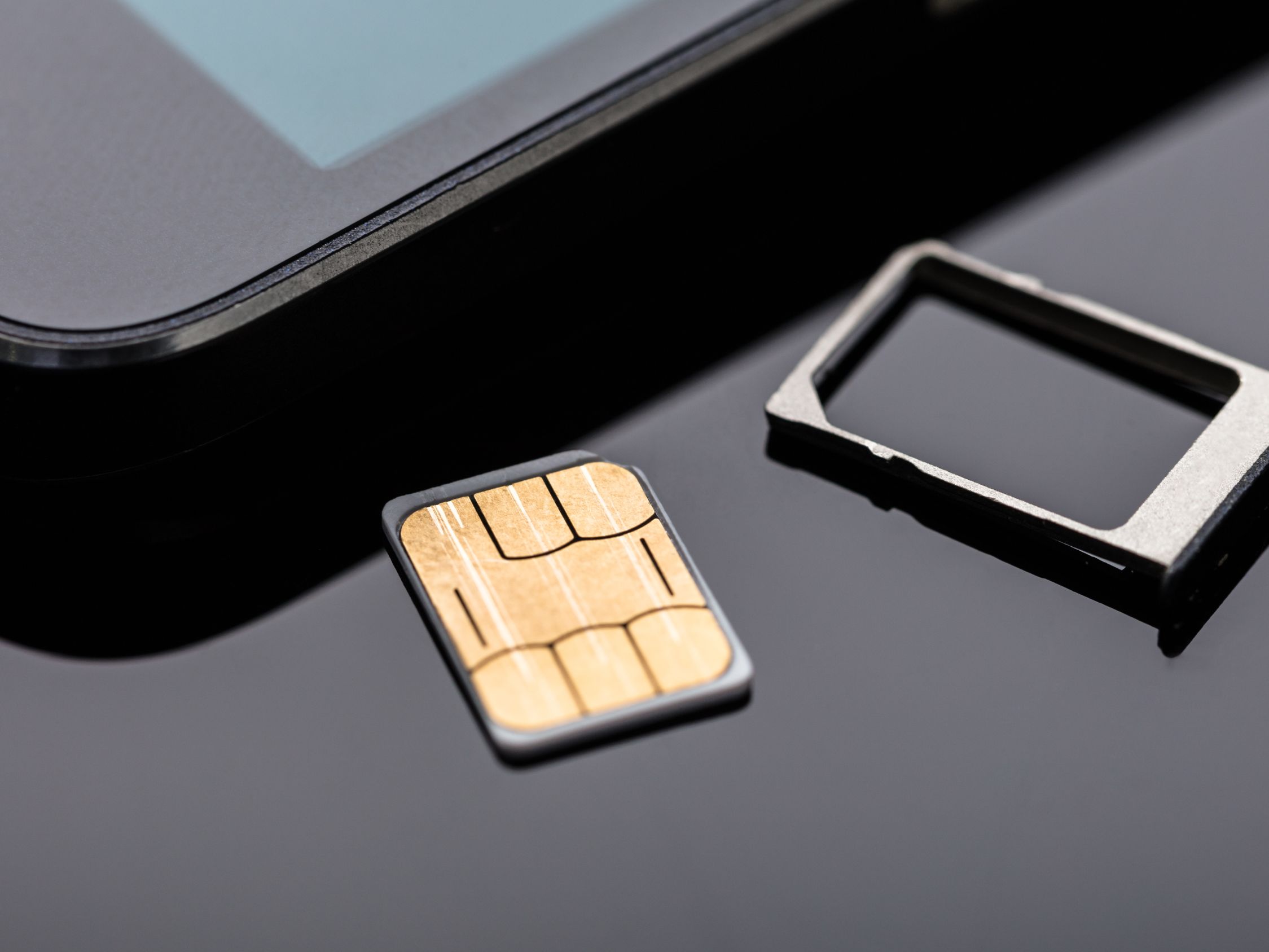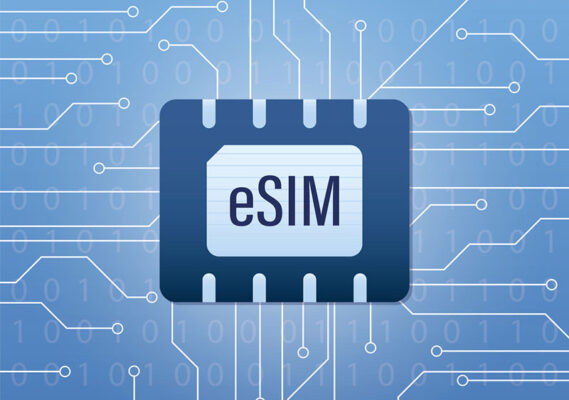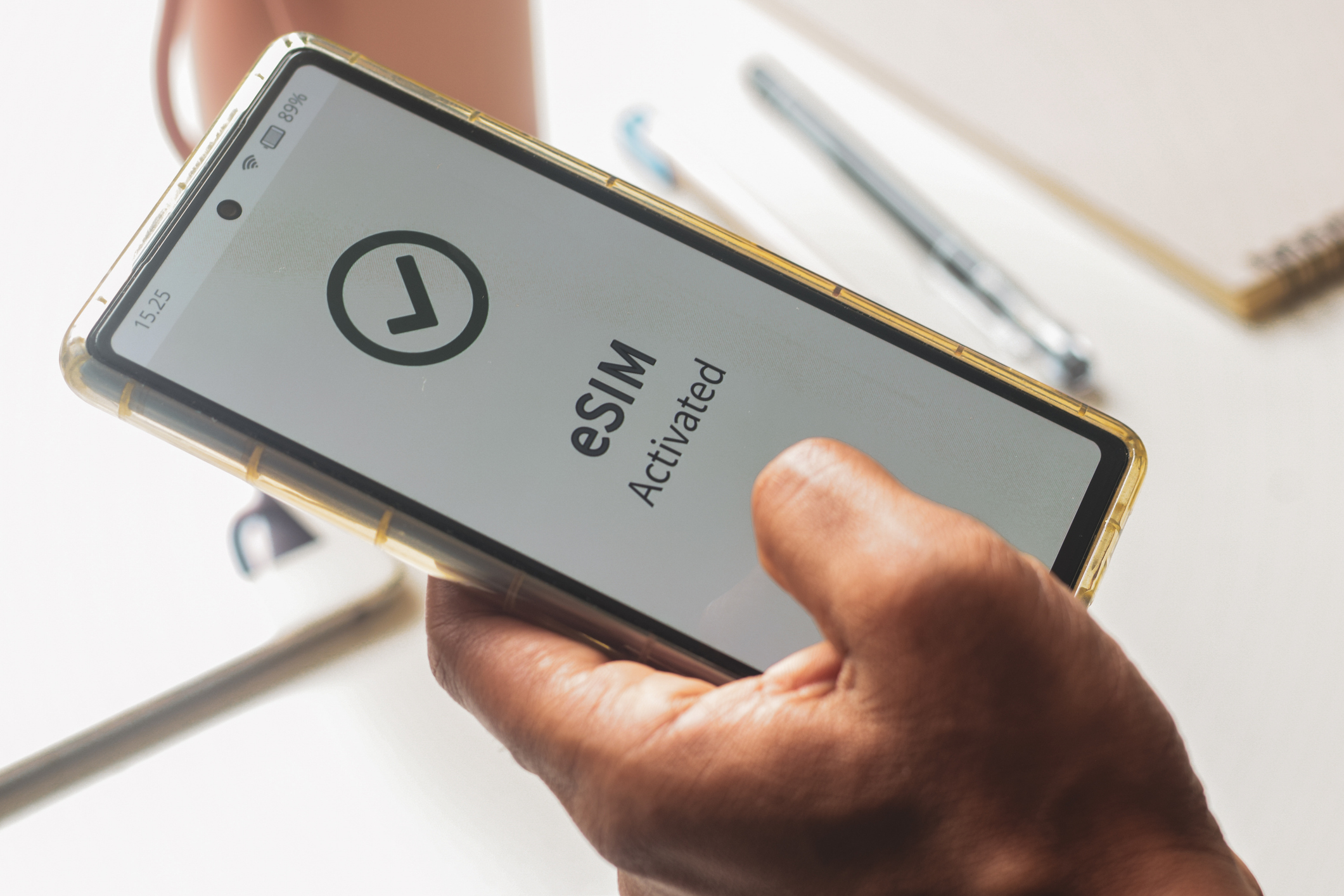Sick of having to juggle a tiny SIM card and ejector tool every time things change with your phone plan? As more smartphones support eSIM technology, making the transition has never been more convenient.
No more cards in the mail or hard-to-navigate visiting stores to get your sim card — your phone can be activated within seconds.
If you’re ready to make your mobile life easier, this guide shows you how to convert your physical SIM to an eSIM step by step, by brand.

Before You Start: Check Compatibility
Before you begin, you’ll need to make sure two things are ready:
Before starting, there are two things you’ll need:
1. Your phone supports eSIM.
Most newer iPhones, Google Pixels, Samsung Galaxies (S20 and newer), and other well-known brands work with eSIM.
2. Make Sure Your Mobile Carrier Supports eSIM
If your phone is eSIM compatible, just bear in mind that your carrier has to support eSIM as well. Not all carriers offer that, and setting up your eSIM will vary.
Here’s how to check:
Head to the website of your provider: Search for eSIM or SIM activation pages or FAQs.
Search online: Try searching “[Your Carrier Name] eSIM support” on a search engine.
Call or message customer service: This is the shortest and most straightforward method. Simply inquire, “Does my plan and phone support eSIM?”
Use the carrier’s app: Some carrier apps will show eSIM options automatically if your device and plan support it.
Also note:
Some smaller or prepaid carriers may not yet support eSIM.
If you’re using a locked phone, it may need to be unlocked to use eSIM with another carrier.

How to Convert a Physical SIM to an eSIM
1. Apple iPhone
Supported on: iPhone XS and newer
Steps:
Go to Settings > Cellular (or Mobile Data)
Tap Convert to eSIM (only appears if your carrier supports it)
Tap Convert Cellular Plan
Follow the on-screen instructions
Once conversion is complete, your physical SIM will be deactivated
Remove the physical SIM if desired
If the option doesn’t appear, contact your carrier for a QR code or eSIM details.
2. Samsung Phones
Supported on: Galaxy S20 and newer, Note 20, Z series, etc.
Steps:
Go to Settings > Connections > SIM card manager
Tap Add mobile plan
Choose Convert SIM to eSIM (if supported), or scan a QR code from your carrier
Follow the instructions to complete the conversion
Remove the physical SIM if needed
If there’s no “convert” option, ask your carrier for eSIM activation details.
3. Google Pixel
Supported on: Pixel 3 and newer
Steps:
Open Settings > Network & internet
Tap SIMs or Mobile network
Select your existing SIM and tap Convert to eSIM (if available)
Follow the on-screen steps
Remove the physical SIM once conversion is complete
If conversion isn’t shown, request a QR code or activation info from your carrier.
4. Other Android Devices
For brands like OnePlus, Oppo, Motorola, or others:
Go to Settings > Network or SIM settings
Look for Add eSIM or Convert to eSIM
If not found, contact your mobile provider to request an eSIM QR code
Scan the QR code and follow the setup prompts
Your eSIM will activate, and your physical SIM can be removed
What Can Go Wrong When Converting to eSIM
While converting to an eSIM is usually straightforward, a few common issues might come up. Being aware of them ahead of time can help you troubleshoot quickly if something doesn't go as planned.
1. "Convert to eSIM" Option Not Available
Even on supported phones, this option may be missing.
Possible Causes:
Your carrier doesn’t support in-device conversion.
Your current SIM profile doesn’t meet the requirements.
Your phone’s software is outdated.
What to Do:
Update your phone’s software and contact your carrier to request a QR code or manual eSIM setup.
2. No Mobile Network After Switching
Possible Causes:
eSIM not fully activated.
Device hasn't restarted after setup.
Network settings didn’t update.
What to Do:
Restart your device, check for carrier settings updates, or reset network settings. If there’s still no signal, contact support.

3. Slow or No Internet After Switching
Possible Causes:
Network not provisioned correctly for data.
Background restrictions or roaming settings.
What to Do:
Turn airplane mode on and off, reset your network settings, or contact your carrier to ensure the eSIM was provisioned for data use.
4. Can’t Use Mobile Data or Make Calls
Possible Causes:
eSIM activated for data-only or limited services.
Incorrect APN or plan settings.
What to Do:
Check your plan type and APN (Access Point Name) settings. Reconfigure them based on your carrier’s instructions.
FAQ
1. Can I switch to eSIM for free?
Well, that’s going to depend on the carrier. Some give it to you for free. Some don’t.
2. Can I have an eSIM and a physical SIM card in my device at the same time?
Yes, you can use one eSIM and one physical SIM if you have a dual-SIM phone.
3. Can I still get a physical SIM card once I change to eSIM?
Yes, but you will need a new physical SIM card from your carrier.
4. Will I lose voicemails or texts if I convert?
No, you won’t lose anything that you already had once you switch over.
5. Will I need a new phone number if I transfer to eSIM?
Nope, you keep the same number when you switch over.
Conclusion
Moving to an eSIM over a physical SIM card is easy to do and can add a lot of convenience to your mobile life. If you have the right phone and carrier, you can make the switch in just a couple of minutes.
Whether you’re streamlining your digital life or getting ready for a trip abroad, eSIM technology offers a way to manage your mobile connection in a contemporary and convenient manner.
